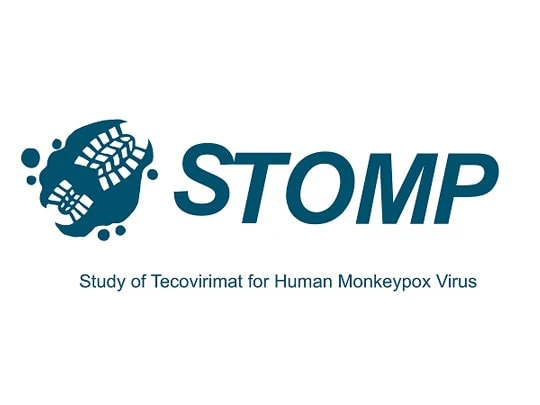
Mpox Resources for Patients
As a member of the Centers for Disease Control and Prevention’s HIV PACT program, NHMA has developed this page to provide guidance to healthcare professionals treating cases of mpox (previously known as monkeypox). Mpox primarily presents as a rash that may be located on hands, feet, chest, face, or mouth or near the genitals, including penis, testicles, labia, and vagina, and anus, but may be accompanied by other symptoms.
What is mpox?
Mpox is a rare disease caused by infection with the monkeypox virus. Monkeypox virus is part of the same family of viruses as variola virus, the virus that causes smallpox. Mpox symptoms are similar to smallpox symptoms, but milder, and mpox is rarely fatal. Mpox is not related to chickenpox.
What are symptoms of mpox?
Symptoms:
People with mpox often get a rash that may be located on hands, feet, chest, face, or mouth or near the genitals, including penis, testicles, labia, and vagina, and anus. The incubation period is 3-17 days. During this time, a person does not have symptoms and may feel fine.
The rash will go through several stages, including scabs, before healing.
The rash can initially look like pimples or blisters and may be painful or itchy.
Other symptoms of mpox can include:
- Fever
- Chills
- Swollen lymph nodes
- Exhaustion
- Muscle aches and backache
- Headache
- Respiratory symptoms (e.g., sore throat, nasal congestion, or cough)
You may experience all or only a few symptoms.
- Sometimes, people have flu-like symptoms before the rash.
- Some people get a rash first, followed by other symptoms.
- Others only experience a rash.
How does mpox spread?
Mpox can spread to anyone through close, personal, often skin-to-skin contact, including:
- Direct contact with mpox rash and scabs from a person with mpox, as well as contact with their saliva, upper respiratory secretions (snot, mucus), and areas around the anus, rectum, or vagina
This direct contact can happen during intimate contact, including:
- Oral, anal, or vaginal sex, or touching the genitals (penis, testicles, labia, and vagina) or anus of a person with mpox
- Hugging, massage, and kissing
- Prolonged face-to-face contact
The risk is considered low for getting mpox by touching objects, fabrics, and surfaces that have been used by someone with mpox and not disinfected, such as clothing, bedding, towels, fetish gear, or sex toys.
How can you prevent mpox?
The JYNNEOS vaccine is approved for prevention of smallpox and mpox. It is the primary vaccine being used during this outbreak in the U.S.
The ACAM2000 vaccine is an alternative to JYNNEOS. It is also approved to help protect against smallpox and mpox.
To reduce your risk of contracting mpox, you should also…
- Avoid close, skin-to-skin contact with people who have a rash that looks like mpox.
- Avoid contact with objects and materials that a person with mpox has used.
- Wash your hands often.
What should I do if I think I may have mpox?
If You Have a New or Unexplained Rash or Other Symptoms…
People who think they have mpox or have had close personal contact with someone who has mpox should visit a healthcare provider to help them decide if they need to be tested for mpox. If they decide that you should be tested, they will work with you to collect the specimens and send them to a laboratory for testing.
- Avoid close contact, including sex or being intimate with anyone, until you have been checked out by a healthcare provider.
- If you don’t have a provider or health insurance, visit a public health clinic near you.
- Remind the healthcare provider that mpox is present in the United States.
- When you see a healthcare provider, wear a mask, and remind them that this virus is circulating in the area.
Prevention
Treatment and Affordable Care


